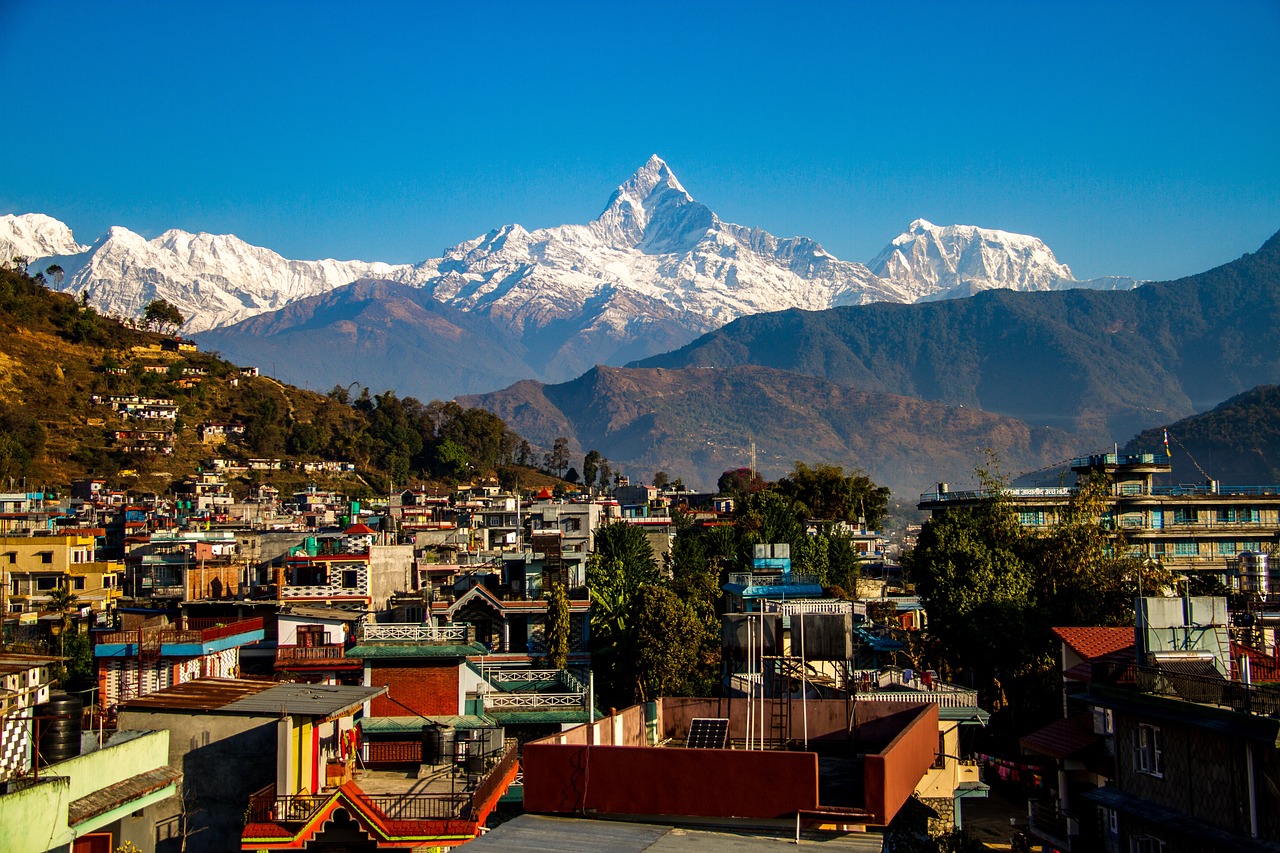Nepal is a land of breathtaking Himalayan peaks, ancient temples, and vibrant cultures. But before you book your flight to Kathmandu, there are some important things every traveler should know.
As someone who’s explored Nepal multiple times (and learned a few lessons the hard way), I’ve put together this ultimate Nepal travel guide with 12 essential tips to help you prepare for your adventure. Whether you’re trekking to Everest Base Camp, exploring Kathmandu’s chaotic streets, or seeking spiritual solace in Pokhara, these insights will save you time, money, and stress.
Visa & Entry Requirements
Most travelers can get a visa on arrival at Kathmandu’s Tribhuvan International Airport or land borders. Here’s what you need:
- Passport (valid for at least 6 months)
- Passport-sized photo (bring 2 copies)
- Cash for visa fees:
- 15 days: $30
- 30 days: $50
- 90 days: $125
Pro Tip: Fill out the online visa form in advance to skip long airport queues.
Best Time to Visit Nepal
Long-tail keyword: “When is the best time to trek in Nepal?”
Nepal’s weather varies drastically by season:
- Spring (March-May): Best for trekking—clear skies and blooming rhododendrons.
- Autumn (September-November): Ideal for mountain views and festivals like Dashain.
- Winter (December-February): Cold but great for lowland tours (avoid high-altitude treks).
- Monsoon (June-August): Heavy rains, landslides, and leeches—best for cultural trips.
Verdict: For trekking, October-November is perfect. For fewer crowds, try April-May.
Altitude Sickness: Don’t Underestimate It!
If you’re trekking in the Himalayas, altitude sickness (AMS) is a real risk. Symptoms include headaches, nausea, and dizziness. Here’s how to stay safe:
- Ascend slowly (no more than 300-500m per day above 3,000m).
- Hydrate (3-4 liters of water daily).
- Consider Diamox (consult a doctor before your trip).
- Know the signs—descend immediately if symptoms worsen.
Pro Tip: Spend 2 nights in Namche Bazaar (3,440m) for proper acclimatization on Everest treks.
Money & Budget Tips
Currency: Nepalese Rupees (NPR). USD $1 ≈ NPR 130 (2025).
- Cash is king: ATMs are scarce in the mountains (withdraw in Kathmandu/Pokhara).
- Daily budget:
- Budget traveler: $20-30 (hostels, local food).
- Mid-range: $50-80 (hotels, guided tours).
- Luxury: $100+ (resorts, private guides).
Pro Tip: Carry small bills—many places won’t accept large NPR notes.
Transportation: Expect Delays & Chaos
- Domestic flights: Often delayed due to weather. Book morning flights for better reliability.
- Buses: Tourist buses (e.g., Kathmandu to Pokhara) are safer than local ones.
- Taxis: Always negotiate the fare before getting in (or use Pathao ride-hailing app).
Pro Tip: If flying to Lukla (Everest region), pack light—weight limits are strict!
Trekking Permits & New Rules
Since 2023, some trekking routes require a licensed guide (Everest, Annapurna, Langtang). Here’s what you need:
- TIMS Card (Trekkers’ Information Management System).
- National Park permits (e.g., Sagarmatha for Everest, ACAP for Annapurna).
- Guide mandatory for solo trekkers in restricted zones.
Pro Tip: Book through a registered trekking agency to avoid scams.
Cultural Etiquette: Respect Local Customs
- Dress modestly: Cover shoulders/knees in temples.
- Remove shoes before entering homes/shrines.
- Avoid public displays of affection.
- Never point feet at people or religious objects.
Pro Tip: Use your right hand for eating and giving/receiving items.
Food & Water Safety
- Safe to eat: Dal Bhat (lentil curry), momos (steamed dumplings), and thukpa (noodle soup).
- Avoid: Raw salads, unpeeled fruits, and street meat.
- Water: Only drink bottled or filtered water (carry a SteriPen or LifeStraw).
Pro Tip: Stick to busy restaurants—high turnover means fresher food.
9. Internet & Electricity
- WiFi: Available in cities (Kathmandu, Pokhara), but slow in mountains.
- SIM Cards: Ncell or Namaste (buy at the airport for best rates).
- Power cuts: Common—bring a power bank and headlamp.
Pro Tip: Download offline maps (Maps.me) before trekking.
Health & Vaccinations
- Recommended vaccines: Hepatitis A, Typhoid, Tetanus.
- Altitude sickness meds: Diamox (consult a doctor).
- First-aid kit: Include diarrhea meds, bandages, and antiseptic cream.
Pro Tip: Get travel insurance that covers helicopter evacuations for treks.
Packing Essentials
- Clothing: Layers (thermal base, fleece, waterproof jacket).
- Footwear: Sturdy hiking boots + sandals for cities.
- Gear: Sunglasses, sunscreen (high UV at altitude), and a reusable water bottle.
Pro Tip: Pack dry bags—monsoon rains and river crossings happen!
12. Safety & Avoiding Scams
- Petty theft: Watch bags in Thamel (Kathmandu’s tourist hub).
- Fake trek agencies: Book through government-registered companies.
- Transport scams: Avoid unmarked taxis at night.
Pro Tip: Join Facebook travel groups (e.g., “Nepal Travel Advice”) for real-time safety updates.
Final Thoughts: Is Nepal Worth Visiting?
Absolutely! Nepal offers unmatched trekking, rich culture, and warm hospitality. Just follow these tips to stay safe and make the most of your trip.
Ready to go? Check out 10-Day Nepal Itinerary or Best Trekking Routes for Beginners for more inspiration!

No Responses